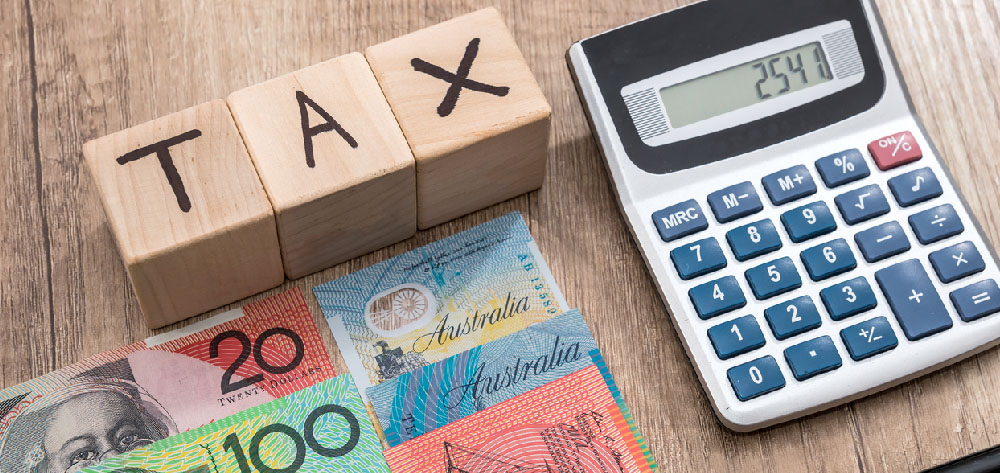A great way to grow your retirement savings is by making regular contributions to your super fund. However, there are limits to extra contributions which when exceeded, may be subject to additional tax liabilities.
Concessional contributions
There are two kinds of contributions, concessional and non-concessional, which have different contribution caps. Concessional contributions are payments made before your income tax is deducted, and can include super from your employer and salary sacrificed contributions.
When these contributions are made to your super fund, they are taxed at 15%. This tax rate is increased to 30% if your relevant income is over $250,000.
Total super balance of less than $500,000 on 30 June of the previous financial year may permit you to carry forward unused concessional contributions under your cap on a rolling basis for up to five years. Members may also be subject to a Division 293 tax if their combined income and contributions are greater than the Division 293 threshold.
Excess contributions made over this cap are included in their assessable income and will be taxed at a marginal rate. Members are also entitled to a rebate equal to 15% of the excess contributions to account for the tax paid in the super fund. To offset any benefit received from making excess concessional contributions, an excess concessional contributions charge (ECCC) applies.
If members have been advised that they have exceeded their concessional contributions cap by the ATO, the member can choose to release 85% of the excess contributions from their super within 60 days of receiving the notice, which will then be used to pay the additional tax.
Alternatively, the member may also choose to not release excess funds and leave the contributions in their super funds.
These excess contributions that are released are non-assessable non-exempt income.
Non-concessional contributions
Non-concessional contributions are payments made after income tax has been paid, and includes all after-tax contributions and spousal contributions. Not unlike concessional contributions, non-concessional contributions are subject to an interest penalty to offset the investment returns from the concessionally taxed environment.
A concessional contribution cap that the member has chosen not to release will be treated as a non-concessional contribution cap. In this case, the member will receive an excess tax assessment and the excess contribution is taxed at 47%.
To mitigate penalties from breaching their caps, it is advised that members complete their tax returns at the earliest, which can bring down the period over which the interest is calculated. Adding back excess concessional contributions in assessable income may affect personal income tax and affect tax rebates like medicare levy surcharge and division 293 tax among others.

